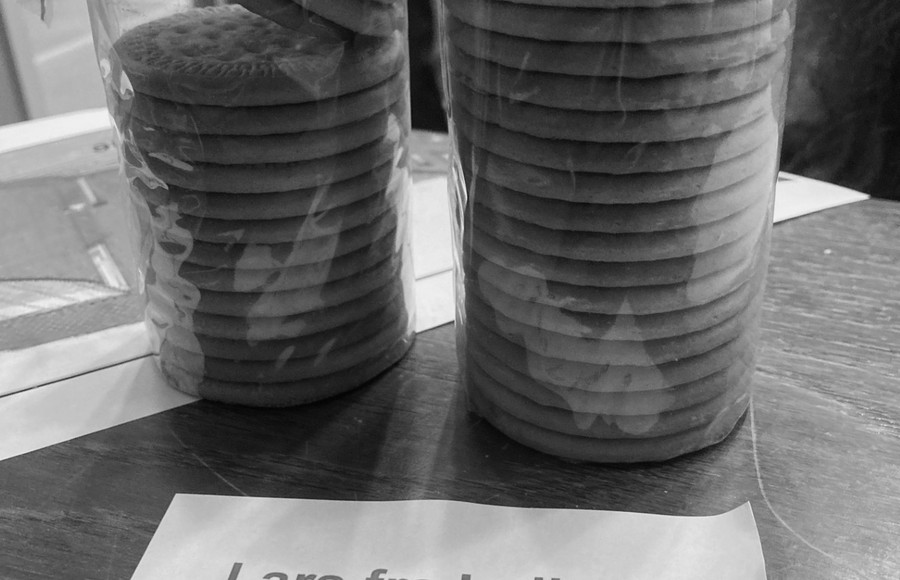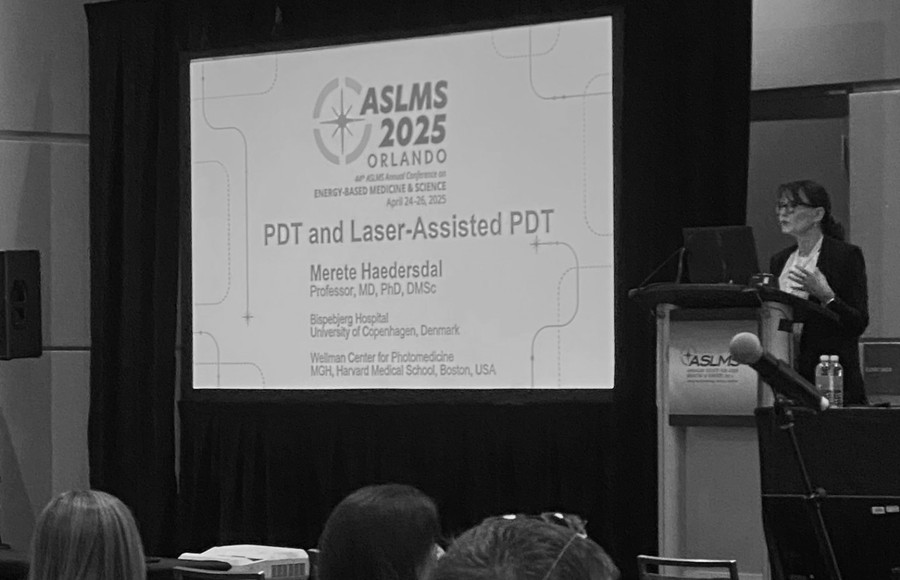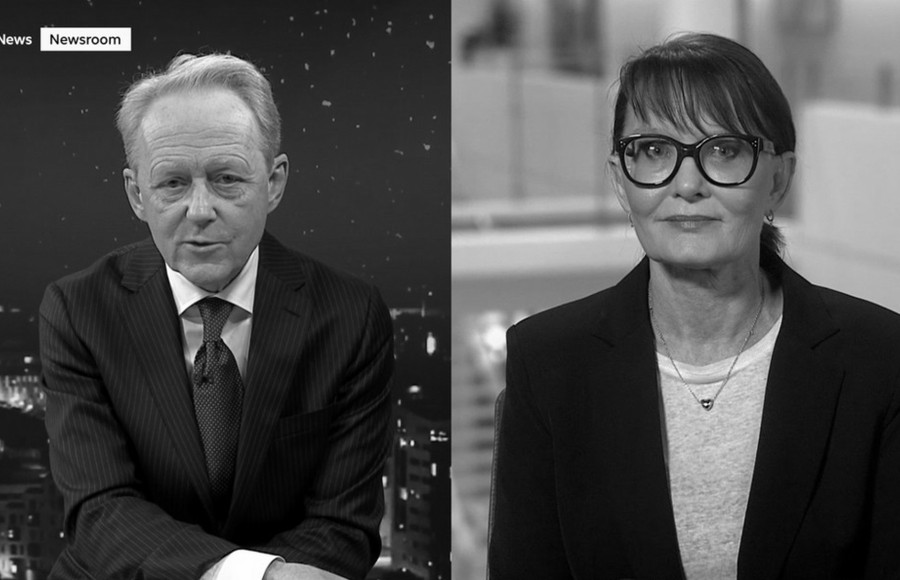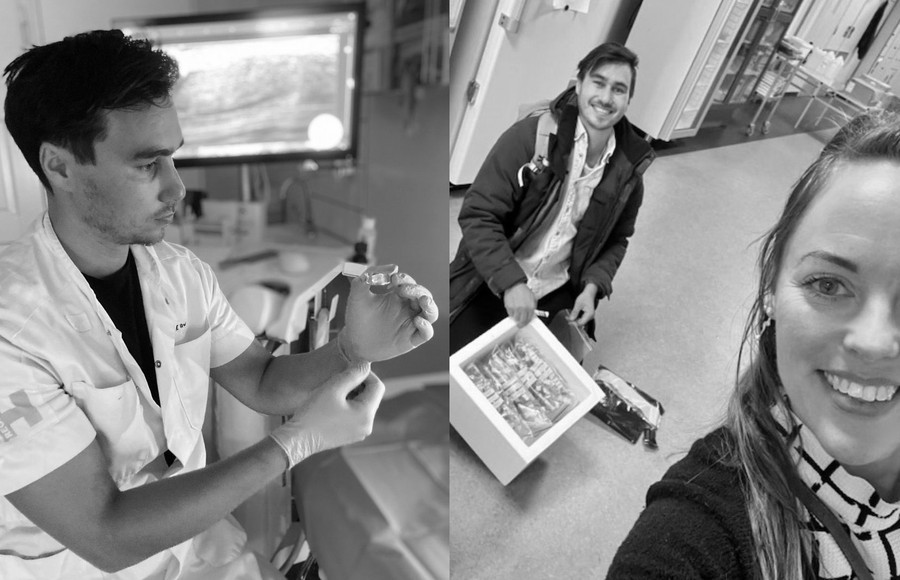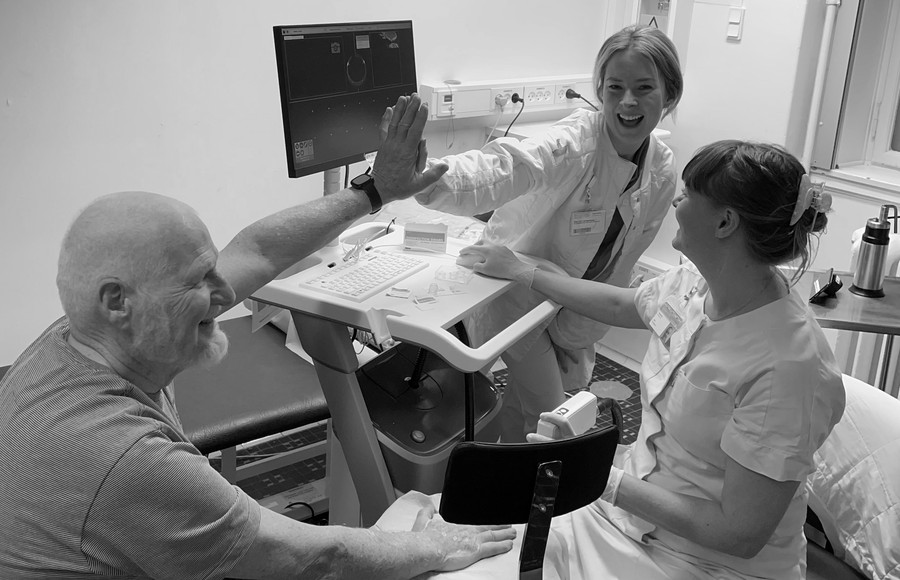Laser treatment removed Jakob’s precursors to skin cancer after years of other treatments

Laser treatment solved the problem in two consultations
The treatment that finally tackled the precursors and ended Jakob's many years of treatment is a relatively new treatment in Denmark. The treatment, which consists of laser treatment and light therapy, was developed by Professor Merete Hædersdal at Harvard Medical School as early as 2009 and has been used abroad for several years. However, there is a long process from the development of treatments to clinical use in Denmark, and therefore it is relatively new that the treatment is available in Denmark. The treatment is performed at Bispebjerg Hospital by Merete Hædersdal, who, in addition to being a professor at the hospital, is also the Head of Research at the Danish Research Center for Skin Cancer. In the autumn of 2024, Jakob received the last of two treatments, which removed the last few remnants of the spot, and the precursors on Jakob's hand are now completely gone.
Before Jakob reached Bispebjerg, he was treated by various dermatologists with a range of more traditional skin cancer treatments with various medical creams. But none of the treatments had the full desired effect. In the desire to find the best solution for Jakob, he was referred to Bispebjerg Hospital so he could receive laser treatment. Jakob accepted the offer of laser treatment, and already at the first treatment, he experienced a significant change. "Already at the first treatment, I could feel that this was something completely different," says Jakob Hvenegaard, "the first treatment almost immediately removed the precursors."
A vision of equal cancer treatment and optimized treatment planning
Treatment usually starts with simple options, if they are relevant. In many cases, these treatments will work as intended, and there is therefore no reason to start a treatment that is more invasive for the patient or more costly. The patient must be ensured the best possible treatment, while doctors are also mindful of not burdening the socio-economy unnecessarily.
"In Denmark, laser is a relatively new treatment for skin cancer precursors, and it requires special expertise and relatively expensive equipment. At the Danish Research Center for Skin Cancer, our vision is to lay the foundation for equal skin cancer treatment in Denmark, and therefore we also want to spread this new treatment. In cases like Jakob's, it would be desirable to offer laser treatment earlier than Jakob received it. It will provide a better patient experience, and as a society, we will save many consultations, expensive medical creams, and man-hours," says Merete Hædersdal.
Better quality of life for patients
Jakob Hvenegaard adds: "A suspicion of cancer and precursors are probably worrying for most people, and it is of course not pleasant to go for treatments year after year with different doctors without the desired result. It involves many consultations with 3-4 healthcare professionals each time, and you also spend a lot of time yourself, among other things because the skin must not be exposed to the outdoor environment for a few hours after the treatment. I am lucky that I can bring my laptop and work during that time, but not everyone can do that. Now, I am fundamentally an optimistic person regardless of the situation, but I am still happy that I no longer need treatments and check-ups. Quality of life may be a big word, but that's what's at stake as a patient."
Research for the benefit of society and the individual
Developing new treatments is expensive. And it's not just because of the equipment. When researching human health and well-being, one cannot compromise the safety. Clinical trials occur in four phases, each evaluated according to strict ethical and safety guidelines to protect society and individuals. The research process itself is therefore time-consuming and thus costly.
Regarding the economics of research, Professor Merete Hædersdal says: "It is important that we, as a society, remember that although health research takes time and is costly, it creates new knowledge that can lead to new treatments, which in the long run reduces society's costs while at the same time patients achieve a higher quality of life. The long process times and tight budgets are our everyday life at the Danish Research Center for Skin Cancer. We are a public-private research collaboration between Privathospitalet Mølholm, Aalborg University Hospital, and Bispebjerg Hospital, so we must secure the financial basis for our research ourselves. The example of Jakob's treatments shows that we create value for the grants and support we receive. We are proud of that."

